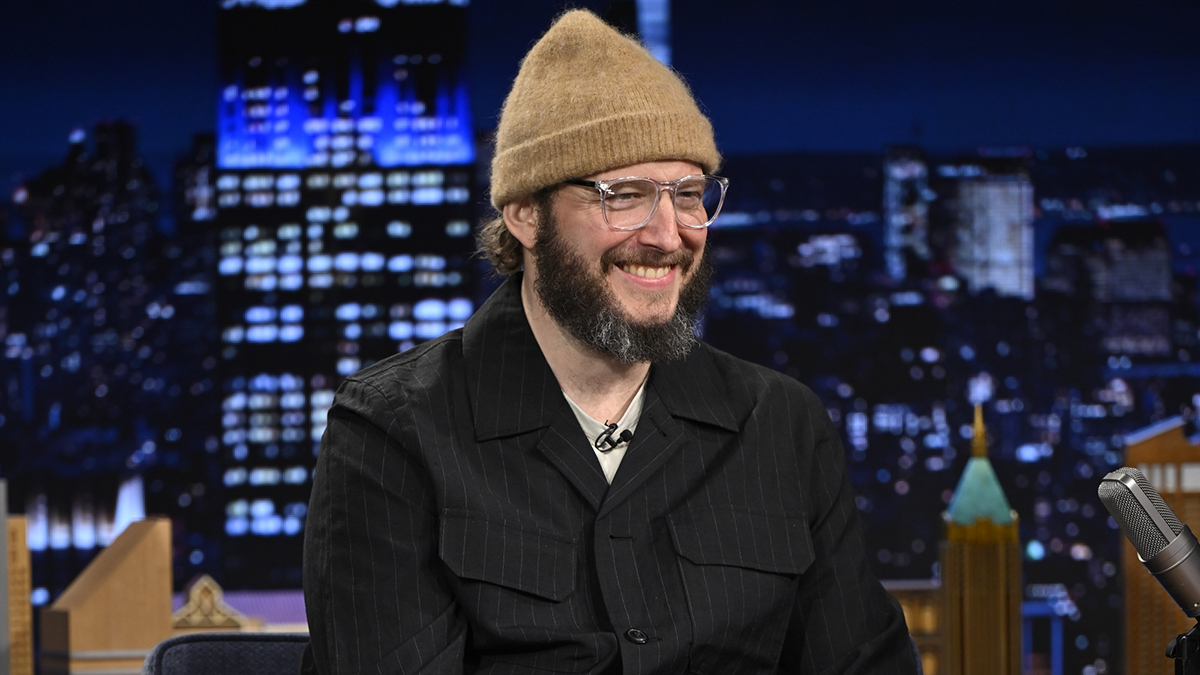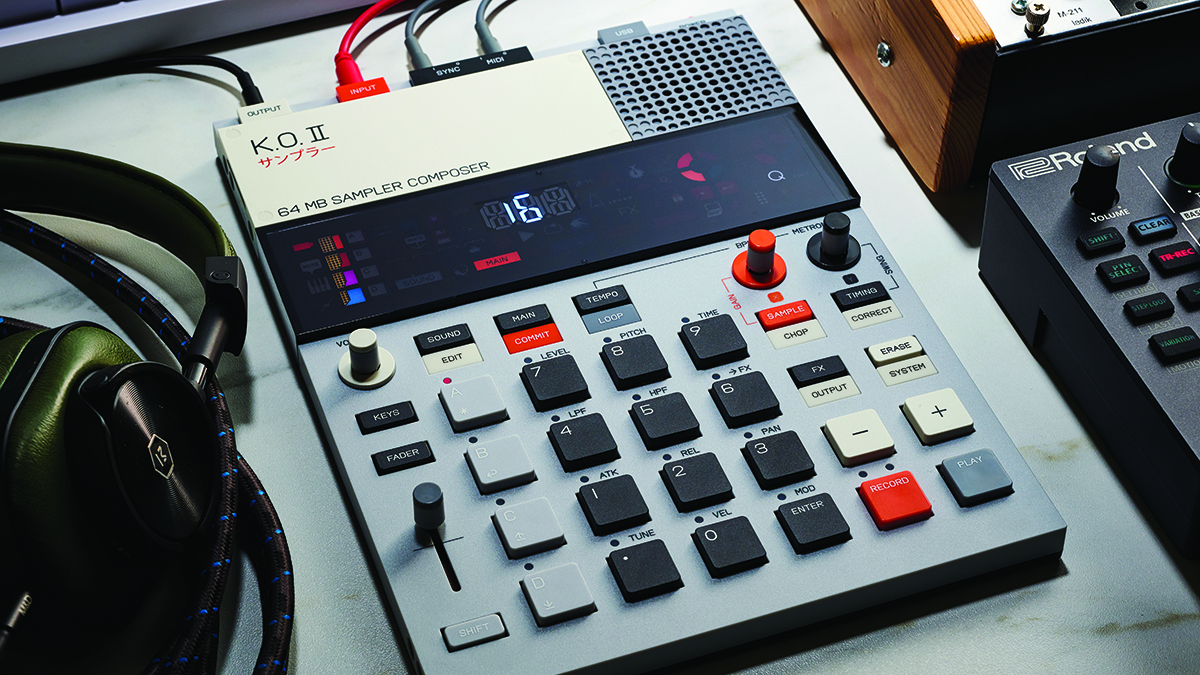"There was another take of Beat It" – Steve Lukather on re-tracking his parts with Jeff Porcaro under Eddie Van Halen's solo
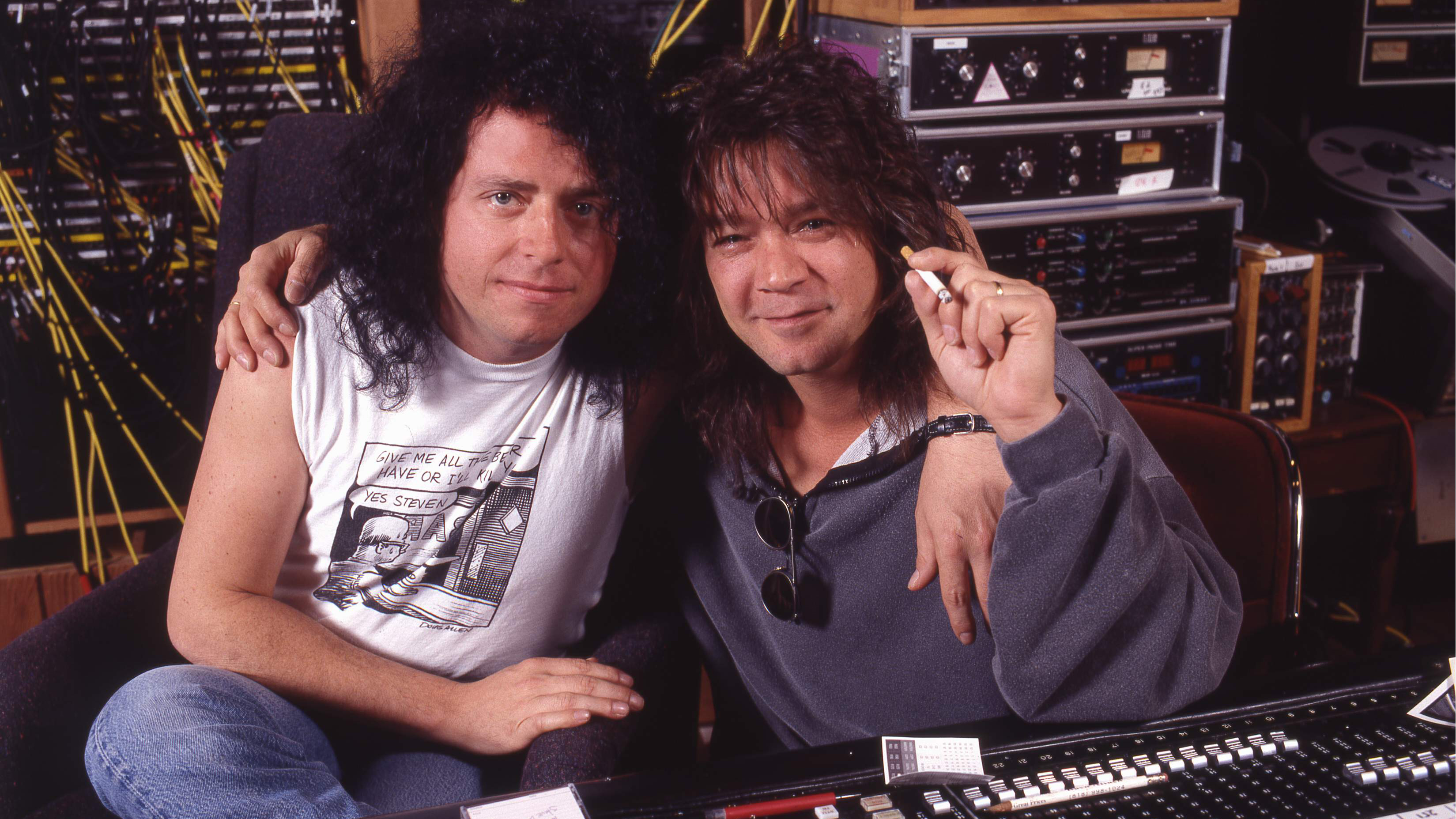
Rick Beato's new interview with session titan and Toto man Steve Lukather is unsurprisingly excellent – an insight into one of the guitar greats and the session scene of the '70s and '80s. Basically, you need to watch the whole thing below, but we wanted to highlight one part especially concerning his work on the Thriller album.
And although a lot has been said about one of Lukather's famous sessions with Michael Jackson and producer Quincy Jones on the 1982 album, Lukather reveals a full account of just how challenging it was to make the timeless classic.
By his own reckoning Lukather would write a high percntage of his own parts during sessions, but Jackson sang him Beat It's main riff, then Lukather suggested additions elsewhere. But as most of us know, another iconic player appears on the song – Lukather's old friend Eddie Van Halen. And this is where his account of that time gets really interesting.
"The lead vocal and the electric guitar solo had been done – there was another take of Beat It," he tells Beato.
"Michael and Quincy, they'd done another take of [the song] apparently," Lukather explains. "And they'd worked on Michael's vocals meticulously – his vocals were quintupled at times, but very slickly done by the genius of Bruce Swedien, the engineer. When they set the tape up to Ed… the ambiguity lies with who cut the tape. It's SMPTE code."
This is a time code – an electronic signal used as identification audio or video tape. It stands for Society of Motion Pictures and Television Engineers. Lukather went on to explain to relevance to the story.
"[It was] was two 24 tape machines back in the day, after we were able discover you could get more than 24 track with one machine, they were able to sync up two 24 track machines that would give you 48 tracks," explains Lukather. "Actually 46 because track 24 on both machines would have a SMPTE code which I believe is a permutation of a 60 cycle thing that would lock the machines.
Get the MusicRadar Newsletter
Want all the hottest music and gear news, reviews, deals, features and more, direct to your inbox? Sign up here.
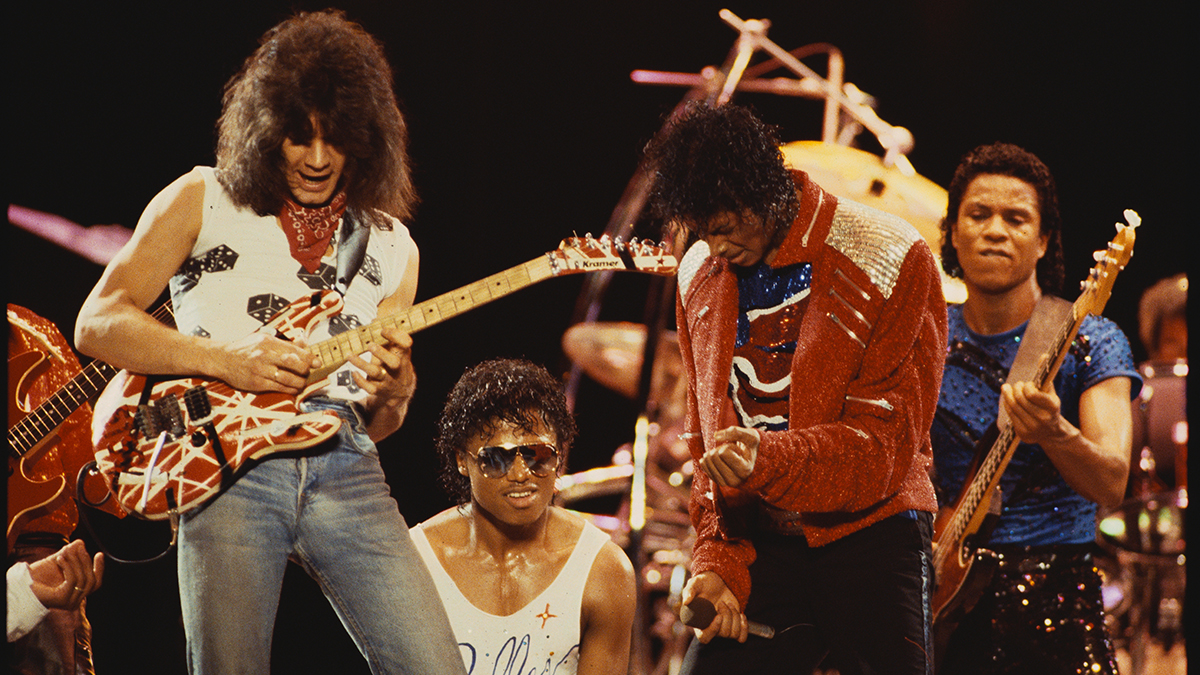
"Like anything like that, if you cut that it will not lock up," continued Lukather. So what happened was, Ed didn't want to play through the section that they wanted him to so he cut the tape and played the part that's now the record. So what happened is he sent that back to Quincy and it wouldn't sync up. So you had Eddie's first generation [take] and Michael's first generation vocals and the SMPTE code. And the only thing else that was on the track was Michael hitting a trap [flight] case on [the] two and leakage through four of five takes of Michael's vocals through the headphones where you could hear what the track was.
Quincy said, 'I don't want to do Michael's vocals again, I don't want to transfer them – I want to keep it first generation [with] Eddie's solo on this – you've got to make it work'
"So Quincy called me, [late drummer] Jeff Porcaro and an engineer called Humberto Gatica to go to Sunset Sound [LA studio] and fix the track. He said, '… I don't want to do Michael's vocals again, I don't want to transfer them – I want to keep it first generation [with] Eddie's solo on this – you've got to make it work."
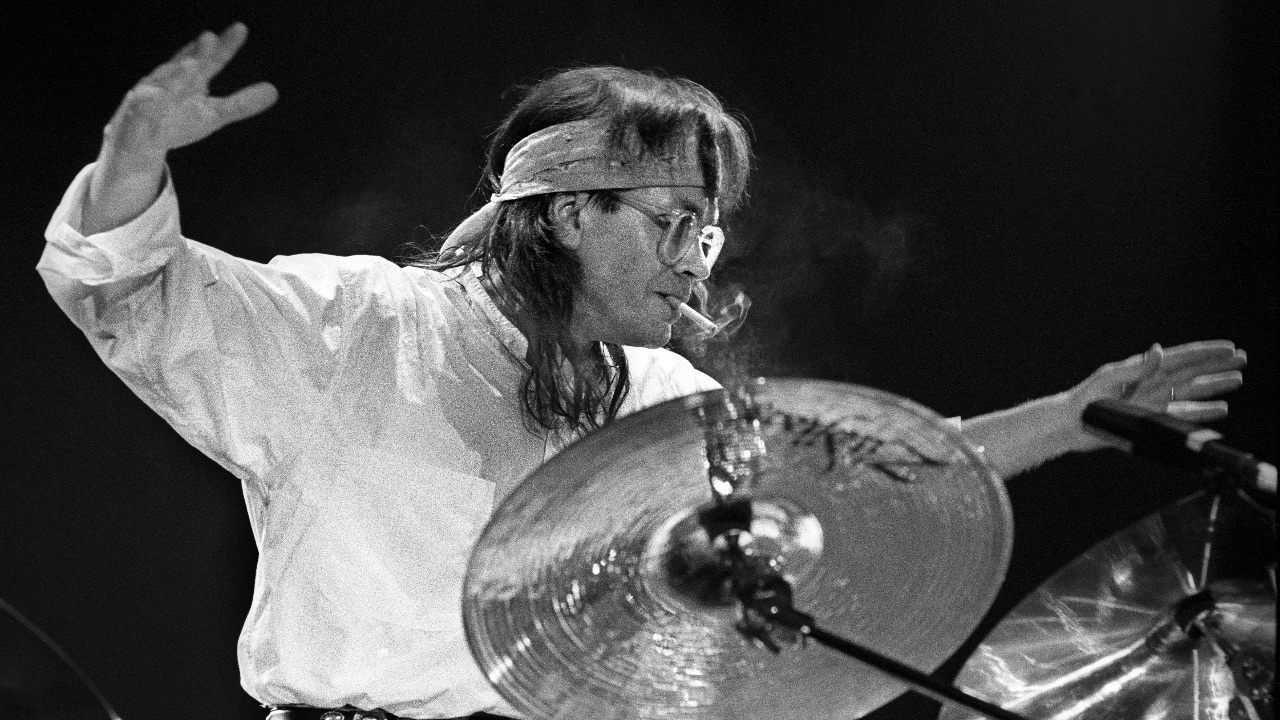
Though they were two of the top session musicians in the US at the time, this was a huge challenge; they had to recut guitar, bass and drums for part of the song to fit with the existing vocals and Eddie Van Halen's solo. So they rallied with Lukather's Toto bandmate Porcaro taking the lead.
"So me and Jeff went down there and Jeff, the musician that he was, he goes, 'I'm gonna go out and I want you to crank Michael's vocal [bleed] so I can hear the two and four.' And he went out there and two drumsticks and a mic, and he made his own classic Jeff [clicktrack] that he would do with drumsticks – I miss him so fucking much, he was the best. He got that together… so of course he goes out and it could have been the first, no more than the second take and he was done. He goes, 'You're up.'
"Once I knew where the groove was as [and] heard Eddie's solo… I got the Marshalls out!"
The guitarist then had to re-record the rhythm tracks under Van Halen's solo. His initial part backing the solo saw Lukather up the rock ante on the song, playing Beat It's single note riff that features in the final versions intro. He also tracked the bass too. They then sent the results back to Quincy Jones.
"[He] said, 'We love it but Lukey it's too much, I've got to get this on pop and rnb radio and it's metal. You've got to come back down with it. Get that little Fender of yours out, don't turn it all the way up.'"
Lukather went back and double tracked his part again with his '59 Les Paul Standard plugged into Paul Rivera-modded Fender Blackface Deluxe Reverb combo. "They said perfect," remembers Lukather. "Come down to Westlake and do the rest of the overdubs with Michael and [Quincy]."
Mission successful and legendary song tracked. Check out the full interview for more of Lukather's great stories and insights – including his contribution to another classic Thriller track, human Nature.
• Steve Lukather talks Rosanna, Eddie Van Halen and his new solo album

Rob is the Reviews Editor for GuitarWorld.com and MusicRadar guitars, so spends most of his waking hours (and beyond) thinking about and trying the latest gear while making sure our reviews team is giving you thorough and honest tests of it. He's worked for guitar mags and sites as a writer and editor for nearly 20 years but still winces at the thought of restringing anything with a Floyd Rose.
“You're by far the best guy that we've tried. I would love to have you in the band”: So why did Trent Reznor turn down Richie Kotzen for Nine Inch Nails?
“I like guitars that don’t just appeal to metal players”: Jackson and Bring Me The Horizon’s Lee Malia team up for the Pro Series LM-87, a shreddable Surfcaster-style electric with a humbucker/P-90 pairing






